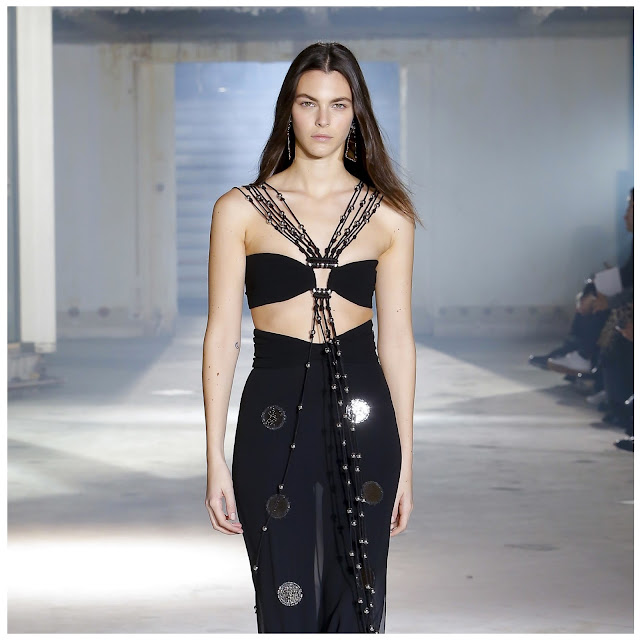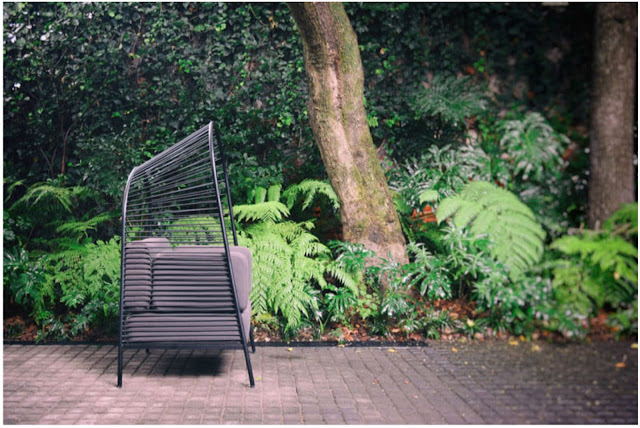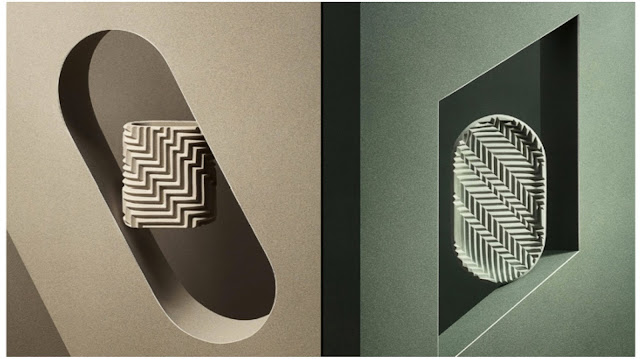Like Marc Jacobs in New York, Prada is the big ticket draw in Milan regardless of merit. Luckily in this instance the hype lived up to the expectation. Prada looked back to the brand’s early days in the 1990s with a streetwear inspired collection. The models wore the flat brimmed caps that were popular at the time and the silhouette was boxy or squared off and held together with modern fasteners. Prada's futuristic-looking logo was emblazoned across the chest or fixed as corporate patches sewn on tops.
There was no shortage of bright colours; fluorescent pinafore dresses were layered over strapless cocktail dresses and tweedy coats. We loved the translucent brightly coloured fringed pieces that caught the light. As with many other collections that were seen in New York, coats and outerwear were the real statements here, but Prada mixed functionality (staying warm and dry) with frivolity (pretty tulle and layers). Padded boots with drawstring coverings completed the looks.










































